| Data Sheet | ||
| Scientific Name: | Cyprinus Carpio | |
| Other Names: | Carp | |
| Family: | Cyprinidae | |
| Origin: | Japan | |
| Adult Size: | 90 cm (3 feet) | |
| Social: | Good. | |
| Lifespan: | 30 years | |
| Tank Level: | mid - bottom dweller | |
| Minimum Tank Size: | 40 gallons and up. Koi grows very fast, so you should be prepared to get a bigger tank | |
| Diet: | Omnivore | |
| Breeding: | Egglayer | |
| Care: | Easy - this is hardy fish | |
| Ideal pH: | 7.2 to 7.8 | |
| Temperature: | 65°F-75°F, 20°C-25°C | |
| Tank setup: | - see below - | |
| Sexing: | It is impossible to sex koi smaller than about 25cm(l0in) in length, because they are sexually immature. Once the koi exceed this size, the testes (in males) and ovaries in females) begin to develop. The ovaries are much larger organs than the testes. Females are usually easier to spot, as the belly of a mature female koi is generally plump, whereas males remain streamlined and more 'torpedo' shaped. | |
|
| Description:Koi (Japanese: 鯉, koi) are ornamental domesticated varieties of the common carp Cyprinus carpio. They are very closely related to goldfish, and in fact the style of breeding and ornamentation has become very similar, probably through the efforts of Japanese breeders to emulate goldfish, but they are not goldfish. In Japanese, the word koi simply means "carp" referring to the dull grey fish. Nishikigoi (錦鯉: "brocaded carp"), in Japanese are the ornamental carp. This article is about Nishikigoi, and uses the English word koi to refer to the colorful fish. Habitat/Care:The common carp is a hardy fish. They can be kept in anything from small containers to large outdoor ponds. Koi can grow to 90 cm (3 ft). Some people thinks that the traditional indoor aquarium is less desirable than a round plastic tub for keeping koi. Koi are cold water fish, so it's advisable to have a meter or more of depth in areas of the world that become warm during the summer. In areas that get harsh winters, it is a good idea to have a pond that is a minimum of 1.5 meters (4 1/2 feet) deep so that it won't freeze solid. It is also a good idea to keep a space open with a bubbler and a horse trough heater. Koi's bright colors put them at a severe disadvantage against predators; a koi looks like a visual dinner bell against the dark green of a pond. Herons, kingfishers, raccoons, cats, foxes, and badgers are all capable of emptying a pond of its fish. A well-designed outdoor pond will have areas too deep for herons to stand in, overhangs high enough above the water that mammals can't reach in, and shade trees overhead to block the view of aerial passersby. It may prove necessary to string nets or wires above the surface. The pond should include a pump and filtration system to keep the water clear. Koi are bottom-feeders, so koi food is not only nutritionally balanced, but designed to float so as to encourage them to come to the surface. When they are eating, you can also check for parasites and ulcers. Koi will recognize the person feeding them and gather around at dinnertime. They can even be trained to take the food from one's hand. In the winter their digestive system slows nearly to a halt, and they eat very little, perhaps no more than nibbles of algae from the bottom, and their appetite won't come back until the water warms up in the spring. If kept properly, koi can live about 30-35 years. Mixing with other fishes:Koi can be mixed with other peaceful fish like goldfish. Avoid mixing them with smaller fish (that can fit into their mouth). Other good tank mates includes most bottom feeders. Diet:Staple pellet foods are nutritionally balanced and should be the main food source for koi. However, their diets can be supplemented with a variety of treat options including fruits and vegetables. Since koi are omnivores that eat both meat and vegetable matter, these additions will be eagerly accepted. With an abundant supply of fresh fruits and vegetables at reasonable prices, summer is the perfect time to offer koi something extra to eat. More importantly, summer is the main growing season for koi when they need to build their winter reserves. The extra nutrition and calories from fruits and vegetables encourage healthy growth and weight gain. For a high-protein dietary supplement, consider freeze-dried foods such as krill and baby shrimp. Freeze-dried krill are very nutritious and full of natural vitamins, minerals, and are rich in carotenoid pigment for the added benefit of color enhancement. The varied choices of supplementary treat options can make selection difficult, so experiment to discover new koi favorites. When feeding fruits or vegetables, cut them up into bite size pieces to make it easier for your koi to eat. Be sure to remove any uneaten food immediately since leftover fruits and vegetables can rot and compromise water quality. Breeding:Koi are considered immature until they are 3-4 years old. Color is not relevant to sex. Males stay long and lean. Females get a low bulge, often a flat tire-look to their lower rear half. Good spring protein will help get them ready for spawning, but don't feed protein foods before 60-65 water temperatures. Start with similar koi for the best results, showa, sanke, kohaku or Ogons of similar color. The percentage of attractive fish is low to start with; it will be much lower dissimilar fish are used. Females won’t go into a spawn naturally if there is not enough dominate males to complete the full egg stripping, nor would you want them to. Females that start releasing their eggs must finish or the eggs will rot inside the body and will poison or kill the fish if not removed. A ratio of 2-3 males the same size as the female is recommended. |
Disease:This is a very brief guide to some common koi diseases from Planet Koi.com. It is in no way a substitute for a good book on the subject or professional help. Unless specifically stated most of these problems can be treated using commercial remedies. Check with your local aquarium supplier if you don't know which to buy.
Variants: | |
Photo Gallery
Got a photo? Contact me.
 Oshiban |  Goshiki |  Utsuri |  Kohaku |
 Yamabuki Ogon |  Tancho | 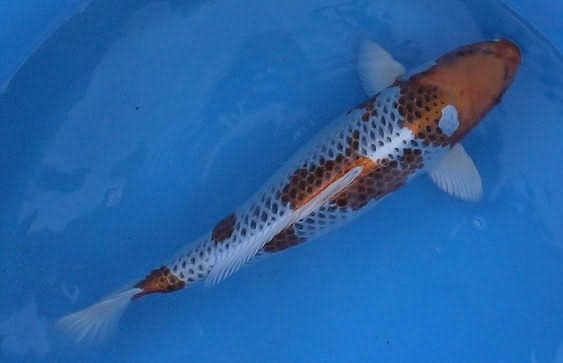 Kujaku | |
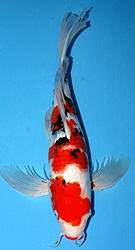 Longfin Sanke | 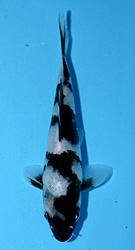 Utsuri |  Gin Matsuba | 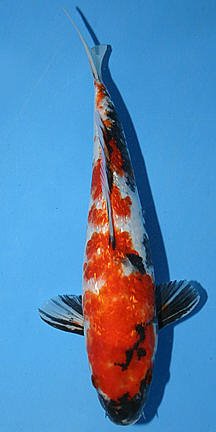 Showa |
| | | | |
Links to other awesome Koi sites:
1. http://www.keirinponds.com/ a site where you can top grade koi. Warning, it is quite expensive for high quality koi.
2. http://www.genkikoi.com/ another great site where top graded koi are sold.
3. http://www.koi.com/sales/ another great site to buy top graded koi.
References Cited:
1. Koi - Wikipedia, the free encyclopaedia, Available, [Online], http://en.wikipedia.org/wiki/Koi
2. Planet Koi : Koi Health, Available, [Online], http://www.koicarp.demon.co.uk/health.html/
3. David M., How to Breed Koi, Available [Online], http://www.ehow.com/how_13077_breed-koi.html
4. Drs Foster & Smith, Supplementing a Nutritionally Balanced Diet, Available [Online], http://www.drsfostersmith.com/pic/article.cfm?acatid=439&aid=964
5. How to Determine the Sex of Koi, Available [Online], http://www.pond-doctor.co.uk/longsexkoi.html


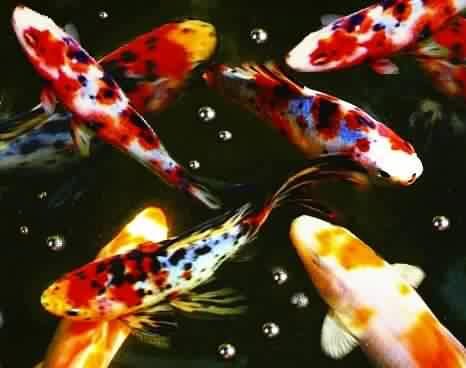


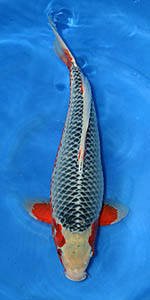

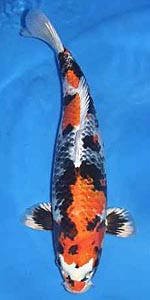
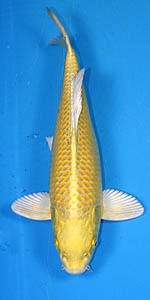
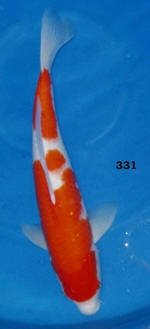
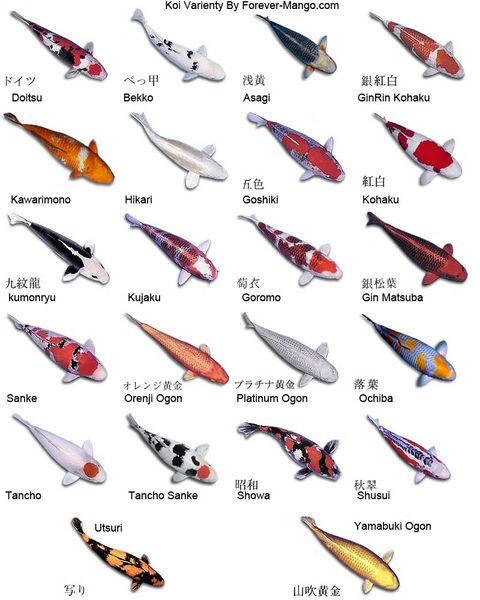





















No comments:
Post a Comment